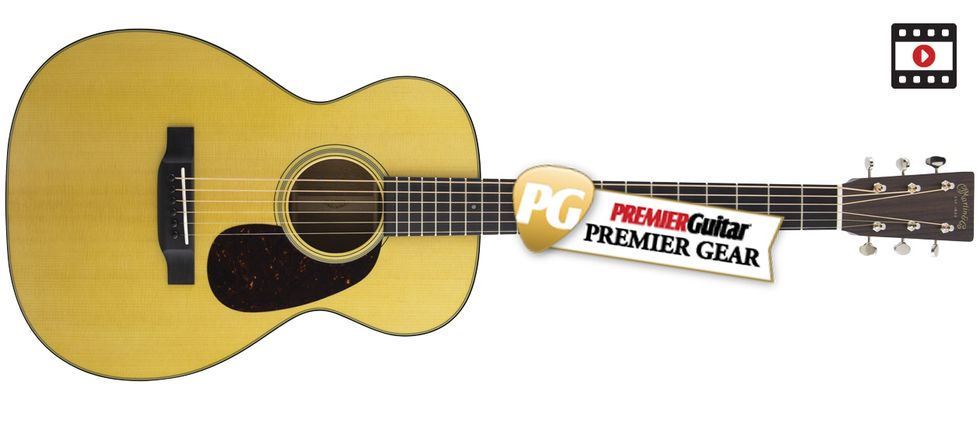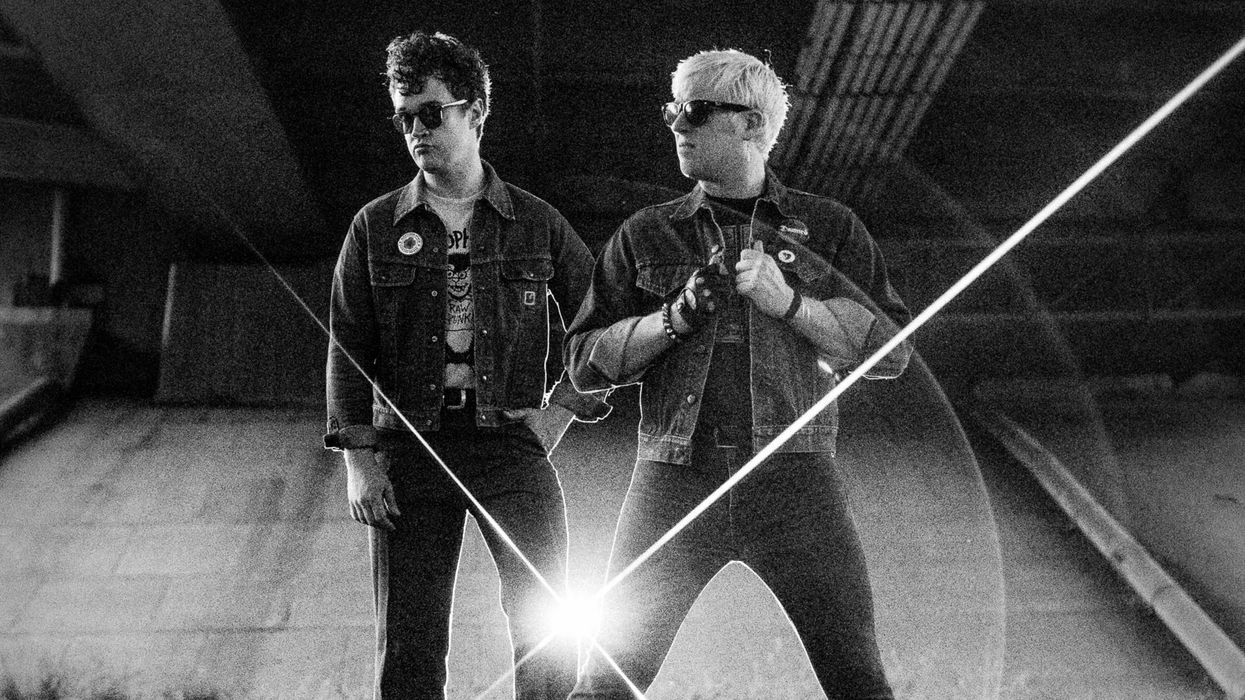While the same can be said for a lot of Martin guitars, there is a real understated grace, elegance, and balance in an 18-series flattop. Instruments in the 18 series—guitars built with a solid spruce top, solid mahogany back and sides, and a minimum of adornment—have been a fixture in the Martin line for a century. (Some of the earliest 18 series guitars date to the 19th century, but had rosewood backs and sides.) But the 0-18, which is one of the earliest 18-series guitars—and in fact one of the earliest Martin designs—has been in and out of the Martin catalog several times over the last century.
This year, Nazareth brought the 0-18 back into the fold, presumably to mark the 100th anniversary of the first mahogany-and-spruce version. Like every 18-series model, it is a study in beautiful design economy. It is also a joy to play and a reminder of the surprising, expressive potency of these compact 6-strings.
14 Frets to Heaven
The 0-18 hasn’t changed much since the late 19th century. It’s easy to see why. The proportions are lovely—svelte but substantial enough to keep the body from looking too petite. One significant design deviation from the original is the 14-fret neck. As far as design shake-ups go, this is an old one. The 0-18 became a 14-fret model in 1934 in the wake of Martin’s OM introduction.
Given the vogue for 12-fret models and their extra-bassy sounds (as well as the 100-year anniversary), a 12-fret version would have been a logical move on Martin’s part. The 14-fret version certainly feels like the right step here, however. The 24.9" neck feels balanced and spacious, and gives the guitar the feel of a larger instrument.
That sensation of spaciousness is accented by the OM-style 1 3/4" nut width, which will make this 0-18 a sure-fire short-list addition for fingerstyle players. Players less experienced with a wider nut width may find that it makes the fretboard radius feel slightly flatter. Such sensations are usually offset quickly by extra space available for chording and bending, though players with small hands should check the guitar out for themselves. But I loved the balance between the shorter scale, compact body dimensions and wider fretboard, and the way in which it seems to invite kinetic, expressive chording.
Martins—especially those this far upstream in the line—are usually robust and well-built things. Our 0-18, however, flirts with perfection. Inside and out—every joint, every inch of binding, every bit of the glossy, aged finish is immaculate. You could spend thousands more on a guitar, but it’s unlikely it will be better built than this 0-18. The intonation is perfect, too, making every note along the length of the neck feel resonant and full-bodied—even up to the 19th fret on the 1st string. And while I might personally prefer slightly lower action, the guitar still feels slinky, elastic, and plenty bouncy for hammer-ons and pull-offs.
Ratings
Pros:
Immaculate build. Killer midrange punch. Complex but concise voice.
Cons:
Top and bottom strings could be more resonant at standard pitch.
Tones:
Playability:
Build/Design:
Value:
Street:
$2,499
C.F. Martin & Co. 0-18
martinguitar.com
Fire and Focus
The smaller dimensions of an 0 body mated to a spruce top gives the 0-18 a unique voice—not unlike an 00 or OM, but slightly more concise and less expansive. In standard tuning, it’s very mid-centric, cutting, and succinct, which makes it ideal for recording fingerpicking patterns that need to nestle into a busier mix. The same midrange emphasis translates to a huskiness that’s a natural fit for country blues and spare, intimate vocal/guitar arrangements.
While individual notes feel and sound balanced—a quality that’s plain to hear in chord melodies—the 6th and 1st strings can feel ever so slightly muted, at least in standard tuning. Detuning the lowest and highest strings, however, has a profound effect on the guitar’s voice. A simple shift to D-modal gives the guitar a growling resonance, bringing the sustain and presence of the 1st and 6th strings in line with the barking and eager 3rd and 4th strings. The guitar sounds natural and dreamy in DADGAD and D–G–D–G–A–D, too, adding vibrancy to Celtic and Anatolian-flavored melodies and authority to alternating thumb bass patterns. Bluesier meanderings in open G, meanwhile, highlight the 0-18’s particular knack for sounding down-home and elegant all at once as bright, present high-mid harmonics bounce off toasty and gently resonant mahogany-inflected bass drones. If the notion of Richard Thompson riffing on Mississippi John Hurt sounds heavenly, this little Martin might be your ticket.
The Verdict
The 0-18 may not be the most legendary Martin. But if its long history and return hint at something special about the design, this newest incarnation highlights the guitar’s virtues in bold, vibrant strokes. While it may not compel every player to part with their dreadnought, it’s a guitar of surprises and protean strength that provides delicious counterpoint to more familiar big-flattop sounds. It’s built to near-perfection, making this subtly styled gem as much an heirloom as an instrument. But whether you favor Albion folk fingerstyle or dank Delta blues, you should play this guitar to within an inch of its life. Anything less would be a waste of it’s punchy, classy, and extraordinary singing voice.
Watch the Review Demo:






















